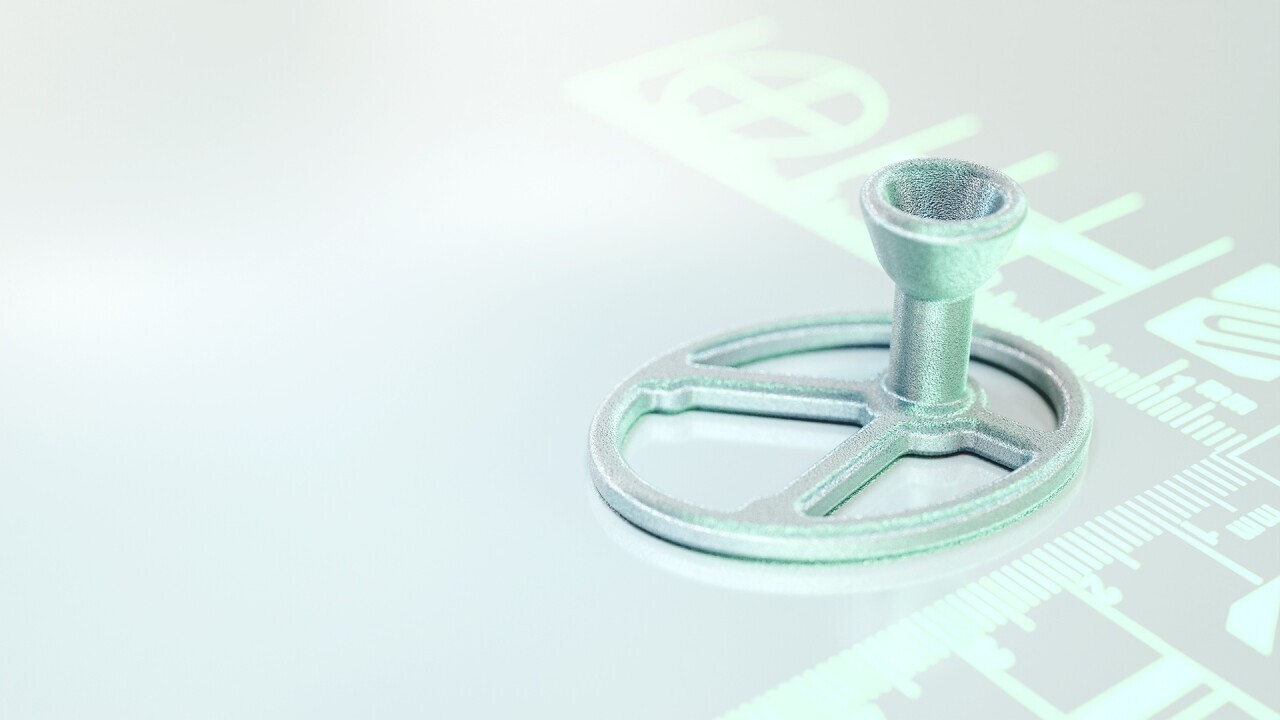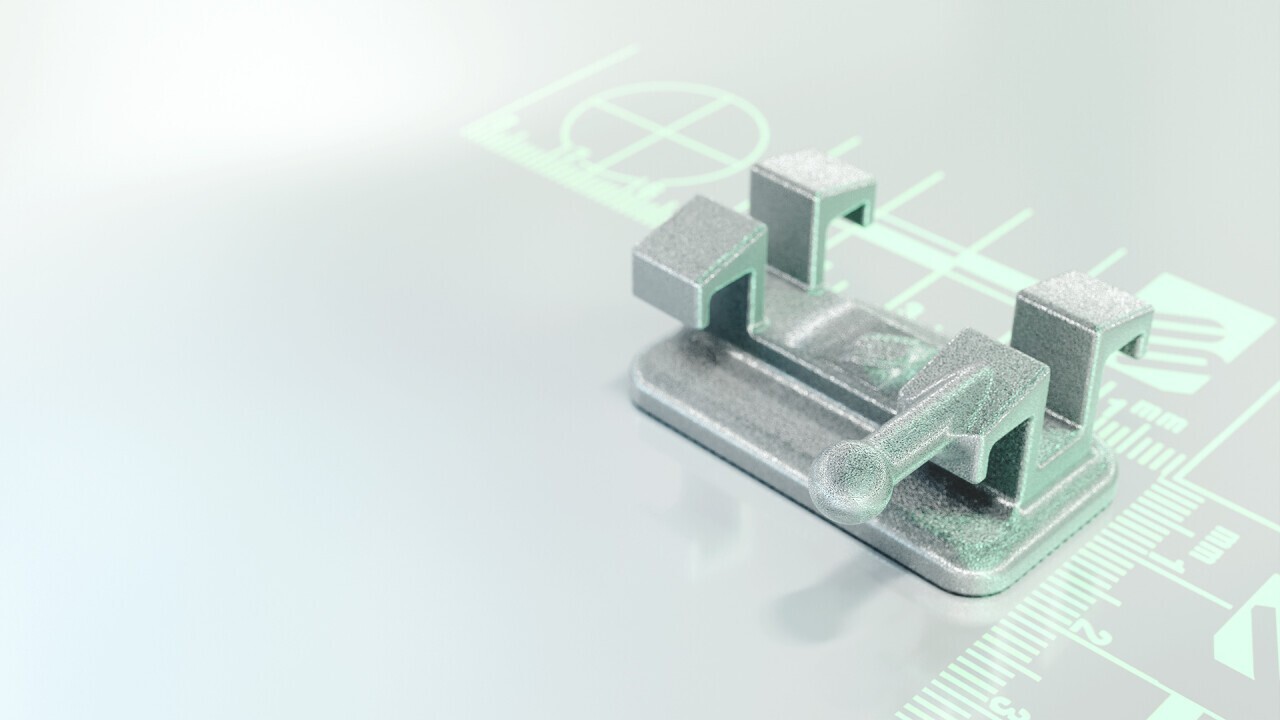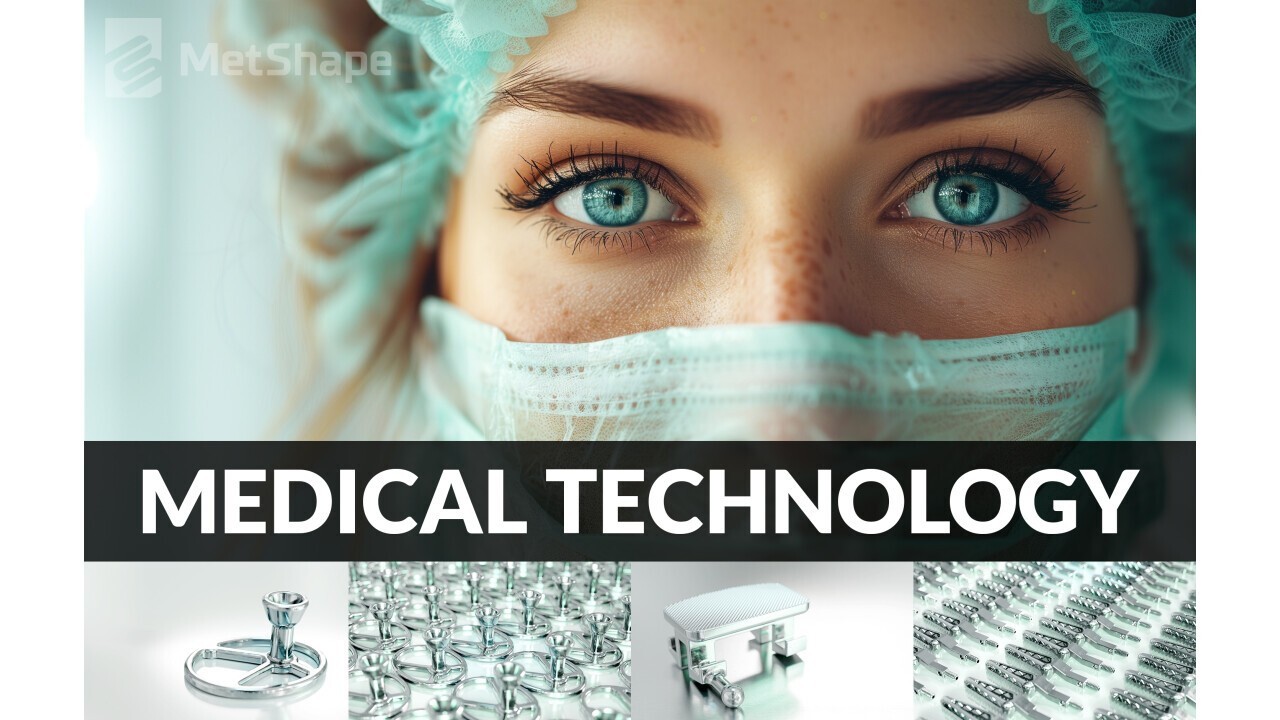Additive manufacturing (AM), also known as 3D printing, has gained increasing attention in recent years attention in recent years and has proven to be a manufacturing technology, which can now also be used excellently in medical technology....
However, the term "additive manufacturing" encompasses a variety of technologies that offer different advantages and disadvantages. Furthermore, depending on the desired properties of the finished part, one technology may be more suitable for manufacturing the part than another. This results in the difficulty of selecting the appropriate technology for a particular application.
Furthermore, the large number of different and, above all, relatively new technologies on the market results in the challenge of having the necessary knowledge and experience to select the appropriate technology.
Advantages of additive manufacturing
The various advantages offered by additive manufacturing demonstrate the possibilities and opportunities for companies.
These various advantages of AM mean that the manufacturing technology is already being used in a variety of applications and areas in industrial production.
Freedom of design
The design freedom made possible by AM contributes to the development of innovations. The unique production process, in which a part is built up layer by layer, offers a high degree of flexibility, particularly with regard to the geometry of the finished part, and reduces design restrictions.
For many complex designs and shapes, the only alternative to AM is manual production.
Time & cost savings
With AM, no tools or fixtures are required to produce the desired parts, eliminating unnecessary production
This eliminates unnecessary production steps and reduces production costs and economic risk. AM is a cost- and time-efficient and flexible manufacturing technology, particularly for the production of prototypes, individual parts and small batches.
Precision & complexity
With AM, it is possible to produce high-precision parts with extremely complex geometric structures
which companies are increasingly demanding.
Here, AM is clearly superior to traditional technologies, as these are either unable to produce a part with the aforementioned properties or the production would involve an unacceptably high level of effort.
Individuality & functional optimization
AM enables the individualization of parts.
Particularly in areas such as medical technology, patient-specific parts are required that are difficult to produce using conventional manufacturing technologies. The functional requirements of the part can be met much more easily than with traditional manufacturing. The possibility of functional integration is another advantage that AM offers.
Read more? Download the full 12-page white paper for free here: www.metshape.com




